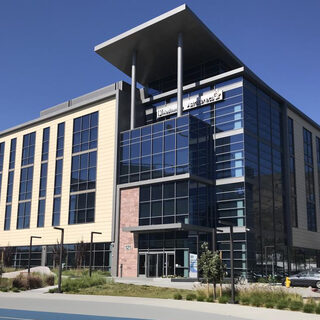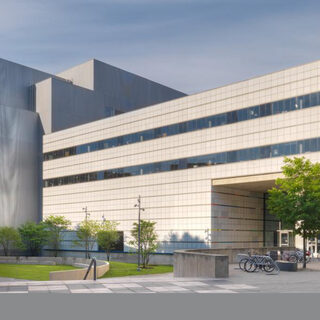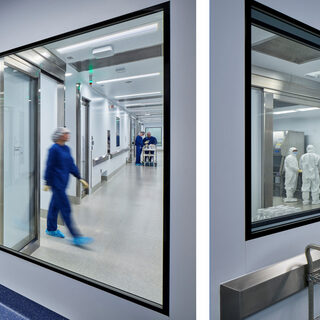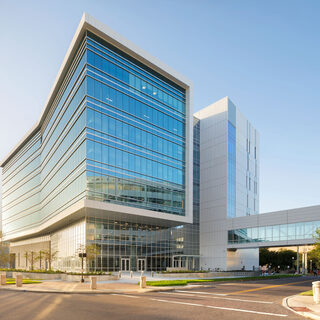Tradeline's industry reports are a must-read resource for those involved in facilities planning and management. Reports include management case studies, current and in-depth project profiles, and editorials on the latest facilities management issues.
Latest Reports
Top 10 Reports of 2019
- Academic Workplace Evolution: How Universities Are Rethinking Spaces for Faculty and Staff
- Using Data-Driven Design to Produce Research-Supported, Customized Client Solutions
- Five Space Planning Principles to Avoid the Inefficiencies of Research Program Turnover
- University of Michigan/Ford Robotics Building Designed for Research and Recruitment
- Designing Academic Research Facilities for the Fourth Industrial Revolution
- Combining Research, Medicine, and Athletics to Create New Translational Models
- LAB2050: Imagining the Lab of the Half Century
- First Engineering-Based Medical School Integrates Disciplines with an Eye to the Future
- Adding Manufacturing to a Pharmaceutical Research Lab
- Designing Diverse Learning Environments and Maker Spaces
AstraZeneca’s Approach to Open Office Lab Environments with Activity-Based Workplaces
The new 100,000-sf AstraZeneca site in South San Francisco, located in the Cove at Oyster Point complex, is the company’s first facility where open offices and labs are seamlessly integrated with each other to promote increased mobility and interaction among the researchers. Housing around 400 employees, the building brings together staff from AstraZeneca’s Technology Innovation & Delivery Excellence (TIDE) unit, as well as subsidiaries MedImmune, Acerta Pharma, and Pearl Therapeutics into one state-of-the-art facility at the center of the Bay Area’s vibrant biotech and technology sector.
MIT Media Lab Sets the Standard for Interdisciplinary Innovation
Flexibility is the key to the Massachusetts Institute of Technology (MIT) Media Lab, long regarded as a prime example of successful industry/academic spaces, where 190 graduate students in the media arts and sciences pursue degrees and engage in a wide research agenda. The Lab occupies 163,000 gsf across two buildings: part of the Weisner building, which opened in 1985, and a six-story addition completed in 2009, a decade after design began. The majority of the Lab’s $80 million operating budget is supported through a corporate membership model.
Adding Manufacturing to a Pharmaceutical Research Lab
Children’s Hospital of Philadelphia (CHOP) is joining a growing wave of pharmaceutical research facilities that are incorporating small-scale manufacturing into their spaces. Fitting the manufacturing suites into an underground floor of an existing building was a challenge for architect, engineer, and scientist alike. The suites are designed to produce clinical vectors, important “vehicles” to which drug companies “attach” treatments so that those treatments reach the right location in a patient’s body.
Design Strategies for Unknown Occupants
Planning for the new Johns Hopkins All Children’s Hospital (JHACH) Research and Education Building in St. Petersburg, Fla., took place before all the building users were identified, and used strategies like identifying the business and design drivers to support collaboration, innovation, and communication. “The vision was to create a state-of-the-art space for pediatric health research and education, in a building that would draw people out of their offices and into the collaborative areas, to teach, work, and communicate,” says Roberta Alessi, executive vice president and chief operating officer at JHACH.





